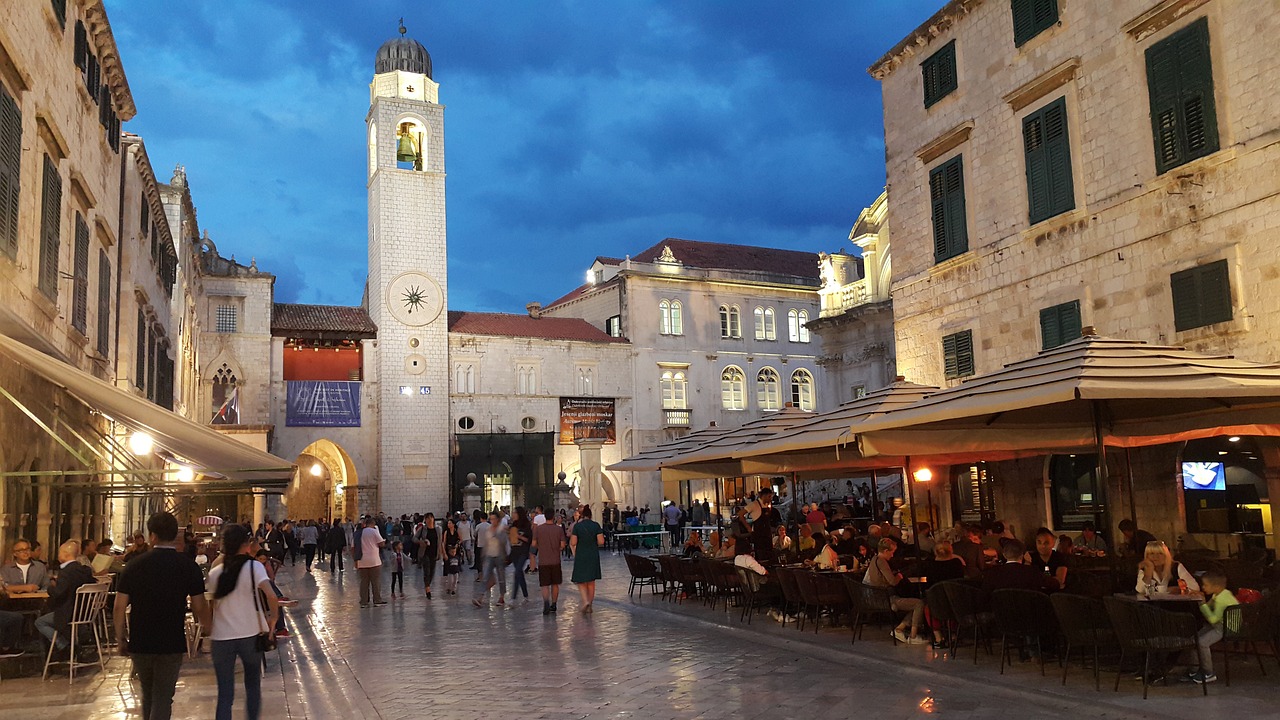Overpopulation by tourists is becoming an increasingly tangible problem in some cities of “non-rubber” Europe. A recent study by the holiday search engine Holidu found that the region’s most crowded location has 36 times more holidaymakers than residents. Which points are included in this list and what measures are being taken to mitigate the negative impact of overtourism.
The most congested tourist destination in the Old World is not Barcelona at all, but the city of Dubrovnik in Croatia. In this historic Croatian region, far more guests gather for vacation than residents. It has become a real magnet for vacationers, attracting them with its beauty and historical heritage. Travelers travel to the south of the country to see the architecture of the fortified city. Dubrovnik is under the protection of UNESCO as a cultural monument of world importance, relax on beautiful beaches, and swim in the waters of the crystal clear Adriatic Sea.
However, Dubrovnik is not the only crowded place in Europe. The list of the most popular tourist centers also includes Italy, Greece, and Belgium. It must be borne in mind that these locations do not just have a large number of guests, but an impressive density of vacationers the number of residents.
Here are five locations that attract crowds of people:
- Dubrovnik in Croatia – 36 tourists per inhabitant.
- Venice in Italy – 21 tourists per inhabitant.
- Bruges in Belgium – 21 tourists per inhabitant.
- O. Rhodes in Greece – a few fewer vacationers than in Bruges.
- Reykjavik in Iceland – 16 tourists per inhabitant.
The next five were Florence in Italy, Heraklion in Greece, Amsterdam in the Netherlands, Dublin in Ireland, and Tallinn in Estonia. These hotspots offer incredible cultural attractions, but despite their attractiveness, the overdensity of people per square meter can bring certain problems for the population, including traffic, noise, and rising housing prices.
Such problems force the authorities to take measures to reduce the flow of travelers. Dubrovnik introduced a ban on wheeled suitcases in the Old Town, and tourists who break the rules could face a fine of more than 356,000 rubles. Venice, in turn, has banned cruise ships and plans to introduce a fee for the stay of tourists who have enough days to see the area.
According to the conclusions of experts, it is better for vacationers who want to visit these particular locations to choose the off-season for their trip: October-November or late spring is ideal.

